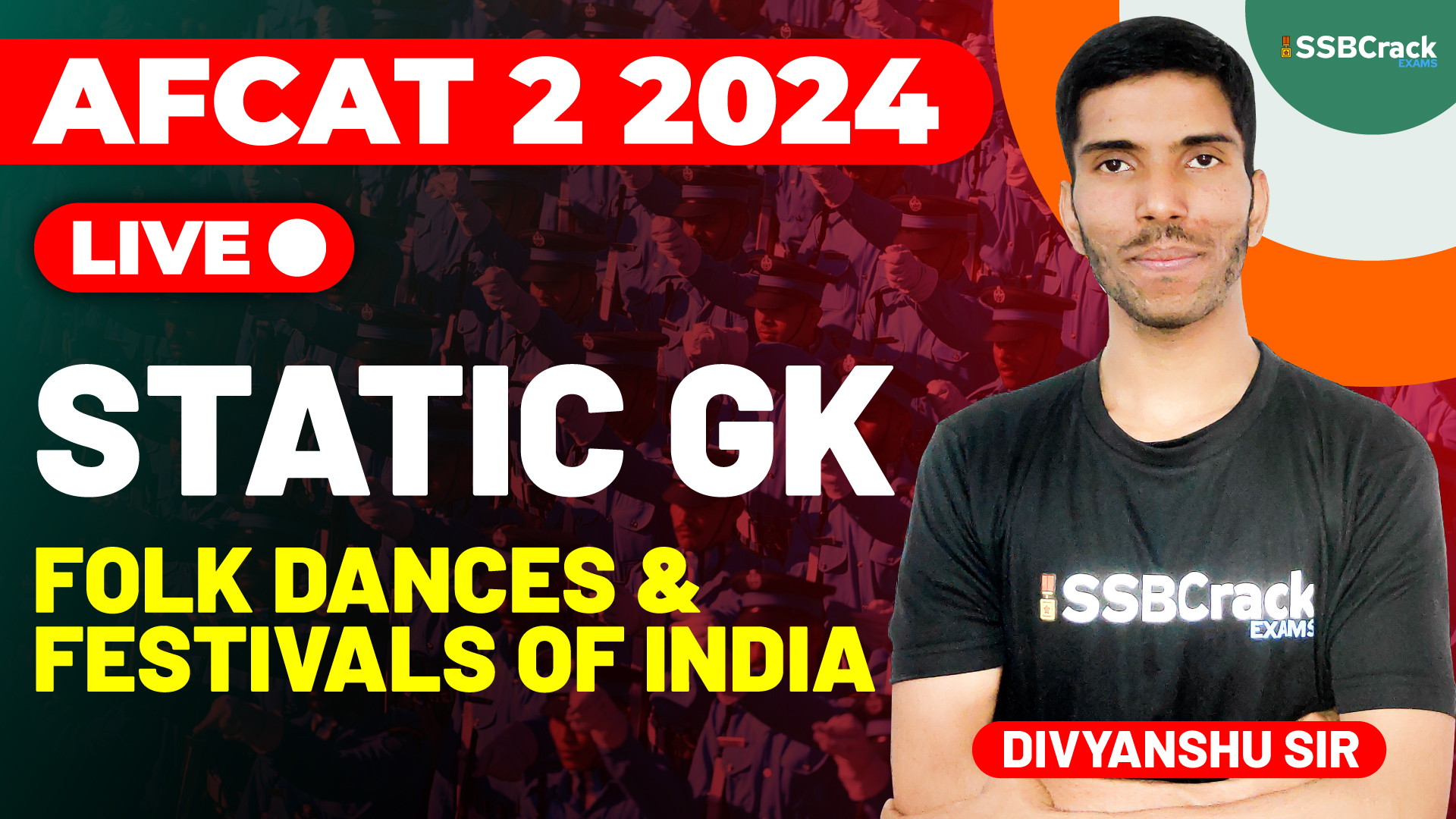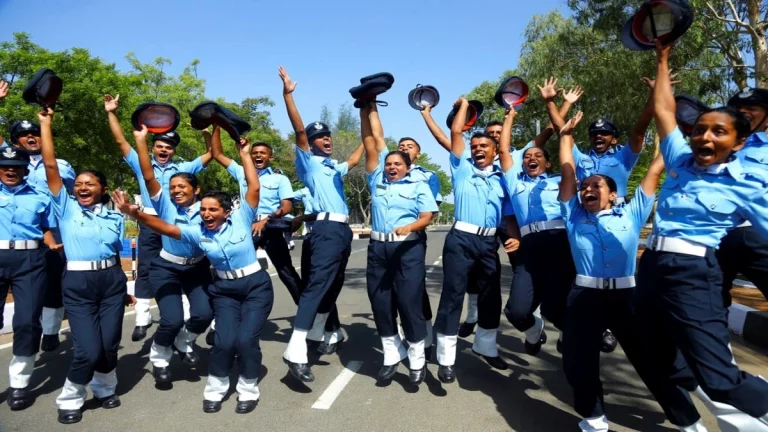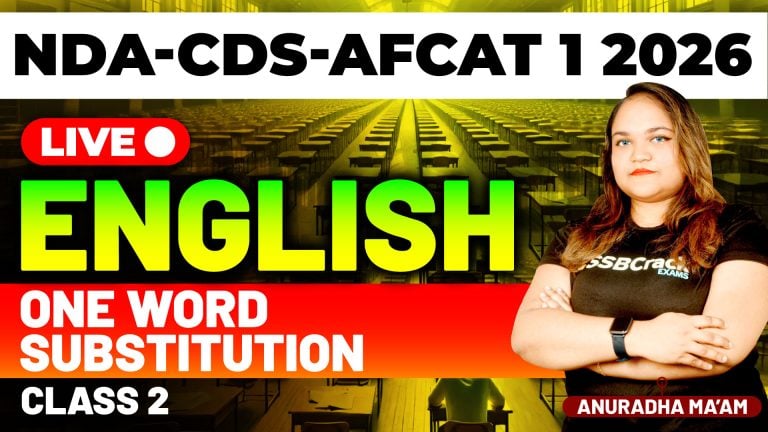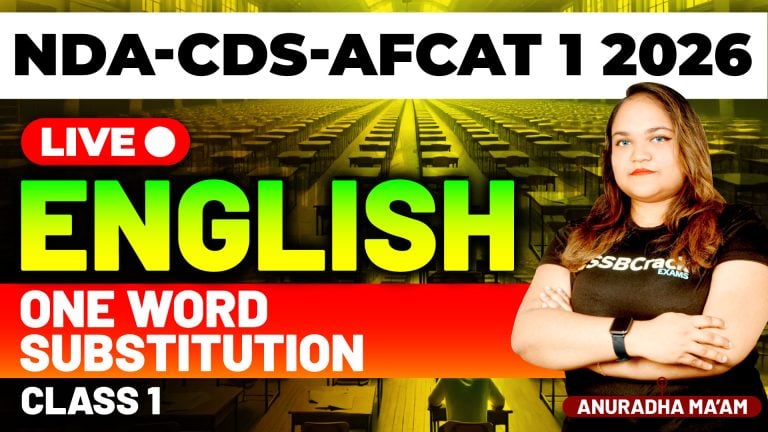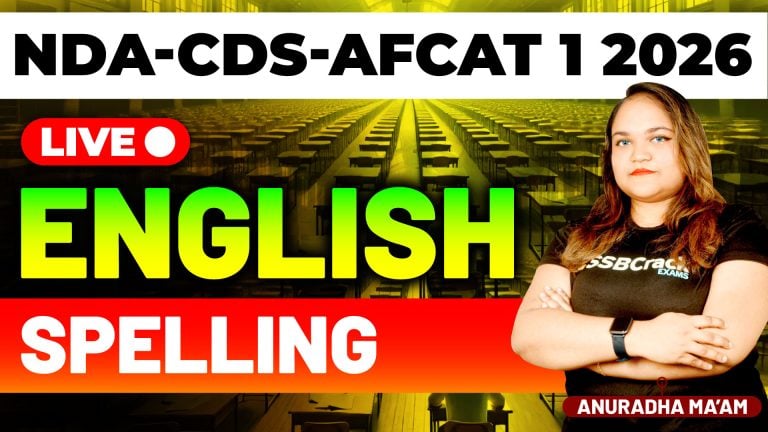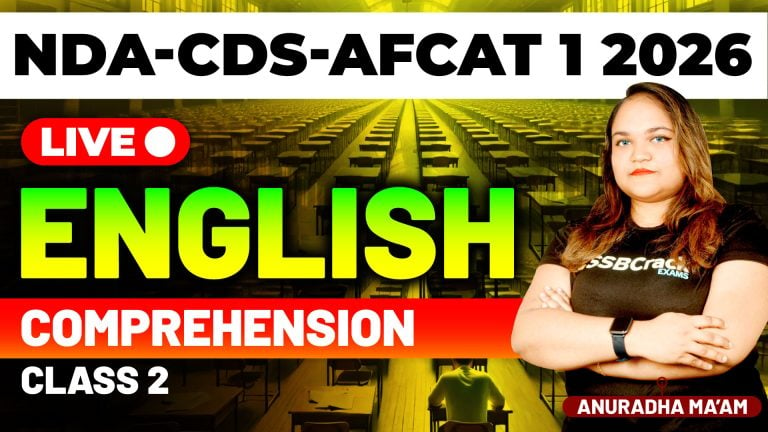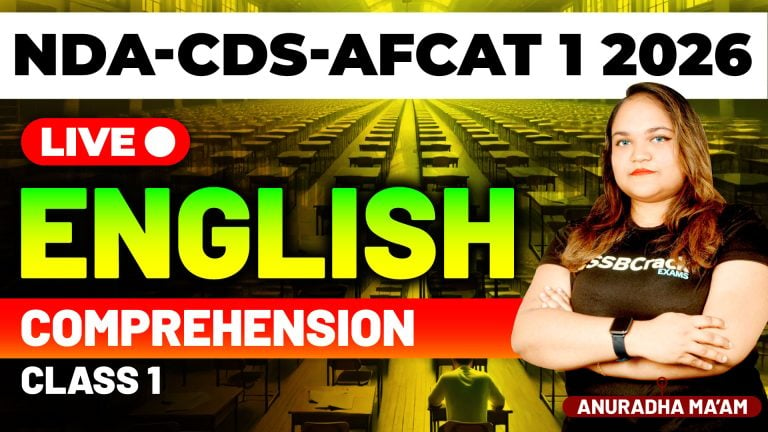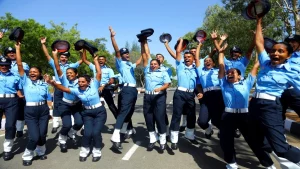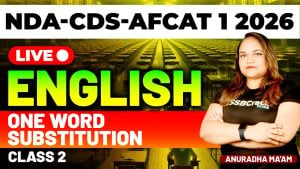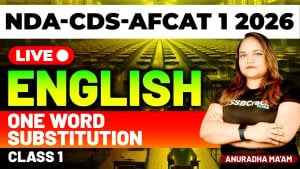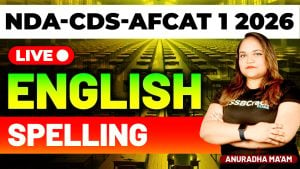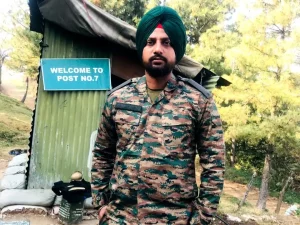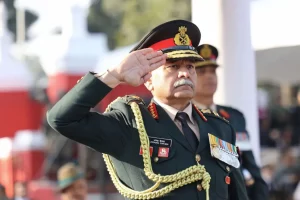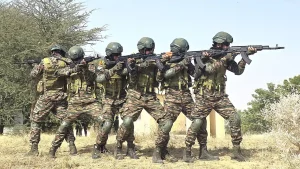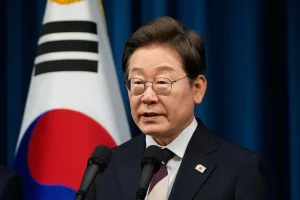India, a land of diverse cultures and traditions, boasts a rich heritage of folk dances and festivals that reflect the country’s vibrant and multifaceted cultural landscape. For AFCAT 2 2024 aspirants, having a thorough understanding of these folk dances and festivals is crucial for acing the static GK section. This article provides a comprehensive overview of some of the most significant folk dances and festivals from various parts of India.
AFCAT 2 2024 Exam: Folk Dances and Festivals of India
Folk Dances of India
Bhangra (Punjab)
- Overview: Bhangra is a lively and energetic dance form originating from Punjab. It is traditionally performed during the harvest festival of Baisakhi.
- Features: Vigorous movements, vibrant costumes, and the use of traditional instruments like the dhol.
Garba (Gujarat)
- Overview: Garba is a popular folk dance performed during the nine-night festival of Navratri. It celebrates the feminine form of divinity.
- Features: Circular movements, rhythmic clapping, and colorful attire.
Kathakali (Kerala)
- Overview: Kathakali is a classical dance-drama form known for its elaborate costumes, makeup, and expressive gestures.
- Features: Intricate facial expressions, detailed hand gestures (mudras), and themes from Indian epics.
Bihu (Assam)
- Overview: Bihu is performed during the Assamese festival of Rongali Bihu, which marks the Assamese New Year and the arrival of spring.
- Features: Quick steps, rapid hand movements, and traditional Assamese music.
Ghoomar (Rajasthan)
- Overview: Ghoomar is a traditional dance form of Rajasthan, performed by women during festivals and special occasions.
- Features: Graceful swaying movements, colorful ghagras (skirts), and the spinning dance style.
Lavani (Maharashtra)
- Overview: Lavani is a traditional dance form of Maharashtra, known for its powerful rhythm and expressive movements.
- Features: Fast-paced beats, robust gestures, and themes often focusing on social issues.
Yakshagana (Karnataka)
- Overview: Yakshagana is a traditional theater form combining dance, music, dialogue, costume, and stage techniques with a unique style and form.
- Features: Elaborate costumes, stylized makeup, and narratives from Hindu epics.
Chhau (West Bengal, Odisha, Jharkhand)
- Overview: Chhau is a tribal martial dance that narrates mythological stories and themes of good versus evil.
- Features: Use of masks, vigorous movements, and themes from Indian mythology.
Festivals of India
Diwali
- Overview: Diwali, the Festival of Lights, is one of the most significant Hindu festivals celebrated across India. It marks the victory of light over darkness.
- Celebrations: Lighting of lamps and candles, bursting of fireworks, and sharing sweets and gifts.
Holi
- Overview: Holi, the Festival of Colors, celebrates the arrival of spring and the victory of good over evil.
- Celebrations: Throwing of colored powders, water fights, and singing and dancing.
Navratri
- Overview: Navratri is a nine-night festival dedicated to the worship of the Hindu goddess Durga.
- Celebrations: Garba and Dandiya Raas dances, fasting, and devotional music.
Eid-ul-Fitr
- Overview: Eid-ul-Fitr marks the end of Ramadan, the Islamic holy month of fasting.
- Celebrations: Special prayers, feasting, and giving of alms (Zakat).
Durga Puja
- Overview: Durga Puja is a major festival in West Bengal, celebrating the victory of the goddess Durga over the demon Mahishasura.
- Celebrations: Elaborate pandals (temporary structures), cultural performances, and processions.
Pongal
- Overview: Pongal is a harvest festival celebrated in Tamil Nadu, marking the end of the winter solstice.
- Celebrations: Cooking of the Pongal dish, traditional dances, and decoration of cattle.
Onam
- Overview: Onam is the harvest festival of Kerala, celebrating the homecoming of the legendary King Mahabali.
- Celebrations: Flower rangolis (Pookalam), boat races (Vallam Kali), and traditional feasts (Onam Sadhya).
Baisakhi
- Overview: Baisakhi marks the harvest of Rabi crops and the Punjabi New Year.
- Celebrations: Bhangra and Gidda dances, community fairs, and visiting gurdwaras.
Christmas
- Overview: Christmas celebrates the birth of Jesus Christ and is widely celebrated by Christians across India.
- Celebrations: Decorating Christmas trees, singing carols, and exchanging gifts.
Ganesh Chaturthi
- Overview: Ganesh Chaturthi is a Hindu festival celebrating the birth of Lord Ganesha.
- Celebrations: Installation of Ganesha idols, elaborate processions, and immersion of the idols in water (Visarjan).
Conclusion
Understanding the diverse folk dances and festivals of India is essential for AFCAT aspirants, as it not only enhances their general knowledge but also prepares them for the static GK section of the exam. Each dance and festival reflects the unique cultural ethos of different regions, making India a mosaic of traditions and celebrations. Keep this guide handy and immerse yourself in the rich cultural heritage of India to excel in your AFCAT 2 2024 exam.
